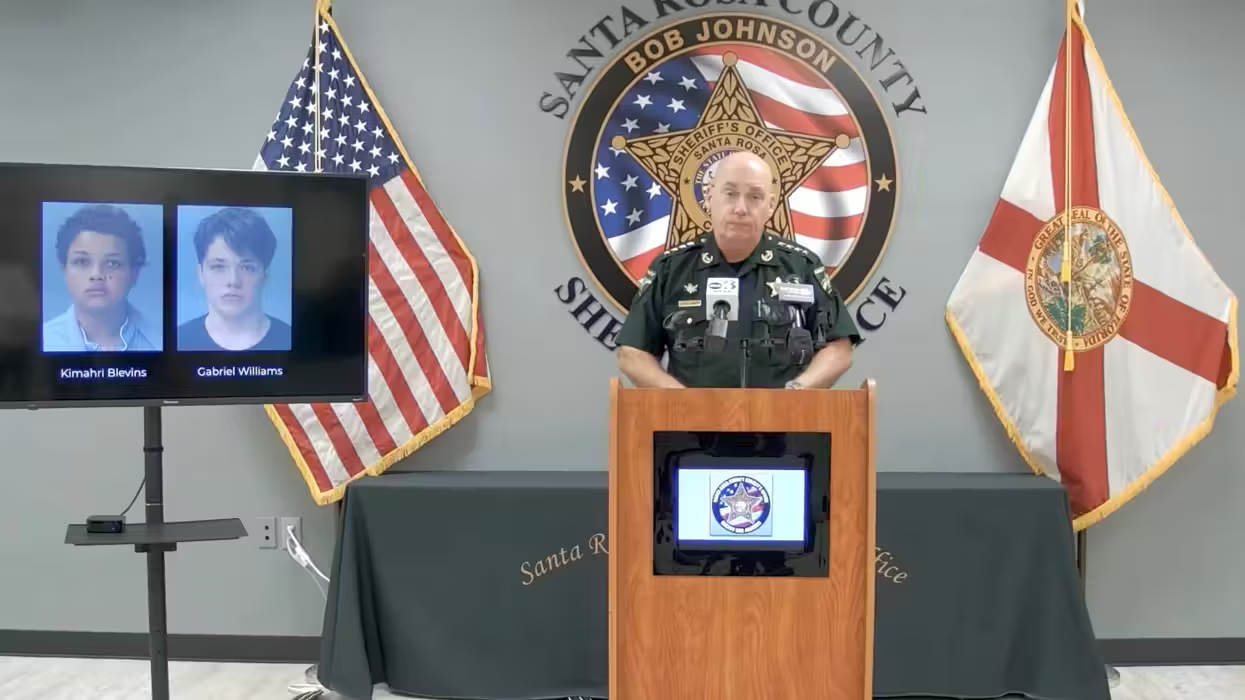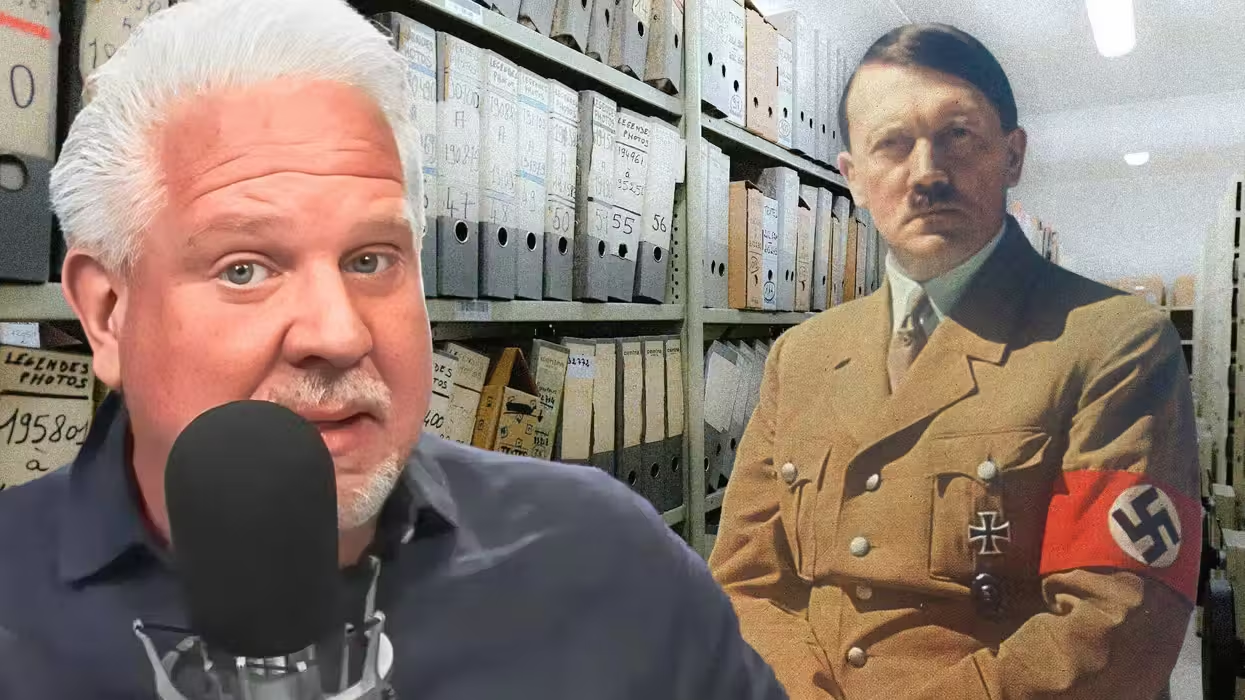
© 2025 Blaze Media LLC. All rights reserved.
"unlike others we and our network of specialists have examined"
Earlier this month, The Blaze reported an unidentified, gooey substance was washing up on Alaskan shores of the Kivalina village and was even found in rain buckets and on one roof. Now, scientists officially think they've identified what is was . . . almost.
NOAA marine biologists have identified the substance as rust fungal spores, but the species still remains unidentified.
Scientists initially thought the substance was fish eggs, due to its size. But as Discovery News reports, scientists and interested readers questioned this hypothesis:
Invertebrate marine biologist Jason Hodin at Stanford, upon seeing the regular microscope image and asked if these might be sea urchin eggs as one Discovery News reader suggested, told Discovery News: "They don't look like urchin eggs to me, more like mollusk eggs...if they are in fact eggs at all." He pointed out that the mystery orange substance under regular magnification did not seem to show any cleavage to indicate cellular division. If these were eggs he asked, "why are they all apparently unfertilized? In a mass spawning event, one expects males to spawn too."
After scientists at NOAA’s National Ocean Service Center for Coastal Environmental Health and Biomolecular Research in Charleston, S.C., investigated further, the tiny orange beads were identified as spores from a rust fungus. Principal investigator Steve Morton said in a release, "At this point, the best identification we can give to as the origin of these spores is a rust fungus. The spores are unlike others we and our network of specialists have examined; however, many rust fungi of the Arctic tundra have yet to be identified.”
Marine physiologists, according to Discovery News, have identified the spores' taxonomic order as Pucciniales, which is composed of parasitic plant fungus. Scientists are still determining if this spore is one of the 7,800 species of rust fungi or a new species.
Want to leave a tip?
We answer to you. Help keep our content free of advertisers and big tech censorship by leaving a tip today.
Want to join the conversation?
Already a subscriber?
more stories
Sign up for the Blaze newsletter
By signing up, you agree to our Privacy Policy and Terms of Use, and agree to receive content that may sometimes include advertisements. You may opt out at any time.
Related Content
© 2025 Blaze Media LLC. All rights reserved.
Get the stories that matter most delivered directly to your inbox.
By signing up, you agree to our Privacy Policy and Terms of Use, and agree to receive content that may sometimes include advertisements. You may opt out at any time.







